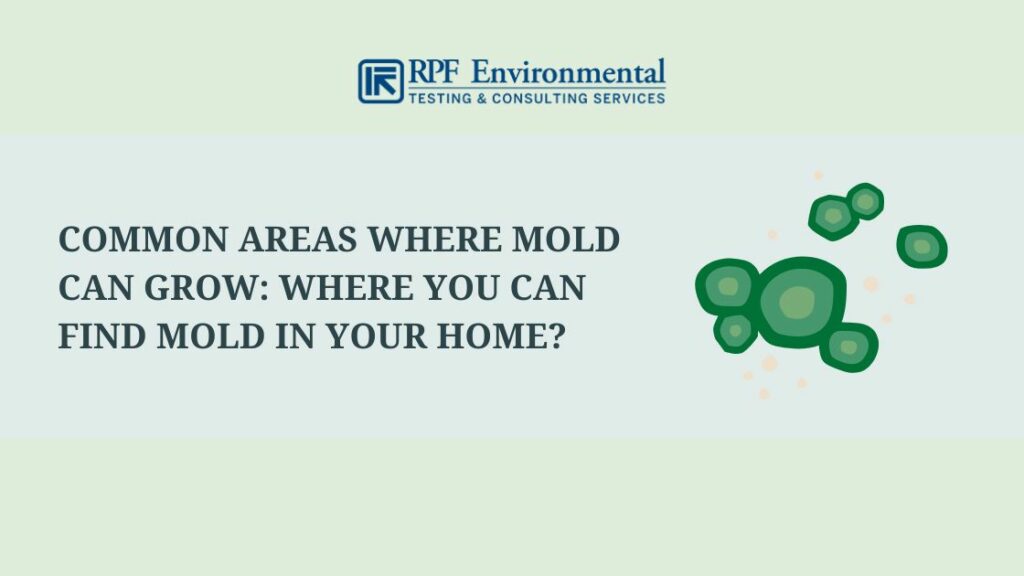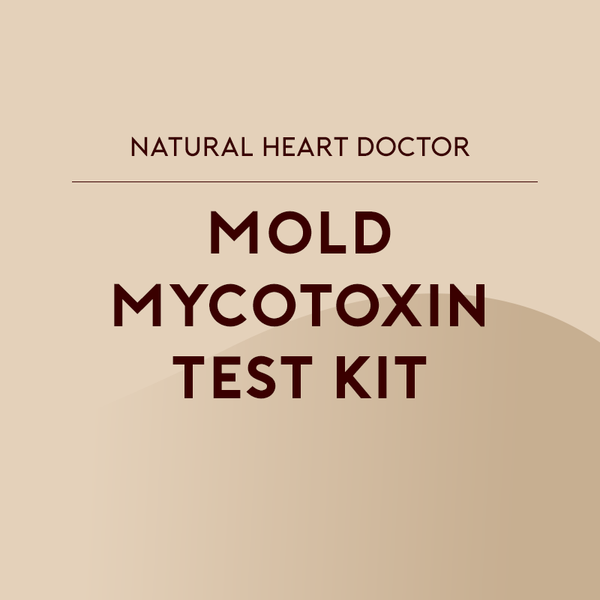Recognizing the Significance of Trustworthy Mycotoxin testing Services
Recognizing the Significance of Trustworthy Mycotoxin testing Services
Blog Article
Ensuring Conformity With Regulations: the Duty of Mycotoxin Examining in High Quality Control
Making certain compliance with strict policies is vital for keeping food security, and the function of mycotoxin testing in quality assurance can not be overemphasized. Mycotoxins, poisonous substances created by specific molds, position considerable health risks, making their discovery important in food production. Adherence to regulatory requirements, such as those set by the FDA and EU, calls for robust screening techniques and innovations to recognize and quantify these contaminants. By carrying out thorough screening protocols, firms can prevent prospective health dilemmas, avoid pricey recalls, and preserve customer count on. The intricacies of these testing processes increase important questions about their effectiveness and efficiency.
Recognizing Mycotoxins
Comprehending mycotoxins is essential to making sure the quality and safety and security of agricultural products. The most notorious mycotoxins consist of aflatoxins, trichothecenes, ochratoxins, and fumonisins, each connected with certain environmental conditions and fungal varieties.
The presence of mycotoxins in food products can bring about intense and chronic health concerns, including liver damage, immune reductions, and cancer causing effects. Subsequently, their detection and quantification are vital parts of top quality control in farming and food sectors. The intricacy of mycotoxin contamination demands a complex method, using sophisticated logical methods such as liquid chromatography, mass spectrometry, and enzyme-linked immunosorbent assays (ELISA) By recognizing the sources, types, and effects of mycotoxins, stakeholders in the farming sector can better apply preventative actions and reduce threats, guaranteeing more secure consumption for end-users. This understanding creates the bedrock upon which efficient mycotoxin monitoring practices are constructed.
Regulatory Specifications for Mycotoxins
Having developed a foundational understanding of mycotoxins and their impact on food safety and security, it is critical to assess the governing standards regulating their visibility in farming items. Regulative criteria for mycotoxins are vital since they specify allowable limits, making sure food safety and security and shielding public wellness. Various worldwide and national companies have actually established these limitations based upon detailed threat analyses.
The Codex Alimentarius Compensation, a worldwide body established by the FAO and WHO, provides guidelines and optimum permitted levels for different mycotoxins in food and feed. The Codex has set limits for aflatoxins in peanuts, maize, and dried out figs, amongst various other commodities. These standards are often adopted or adjusted by private countries to fit their details needs.
In the European Union, Law (EC) No 1881/2006 specifies maximum levels for several mycotoxins, such as aflatoxins, ochratoxin A, and deoxynivalenol, in various food products. In a similar way, the United State Fda (FDA) has actually established action levels for mycotoxins like aflatoxins in commodities such as grains and nuts.
Adherence to these regulatory criteria is vital for preserving market gain access to, consumer trust fund, and public health and wellness. Non-compliance can bring about substantial financial losses and wellness risks, emphasizing the significance of rigorous mycotoxin screening procedures.
Checking Approaches and Technologies

ELISA is extensively appreciated for its fast and cost-effective screening capacities, making it perfect for high-throughput environments. It counts on antibodies to discover specific mycotoxins, supplying outcomes in a reasonably short time structure. Its level of sensitivity might be limited compared to more advanced techniques.
HPLC, on the other hand, excels in supplying quantitative evaluation with high accuracy and accuracy. It separates intricate mixes right into specific elements, making it very effective for try these out recognizing and measuring multiple mycotoxins simultaneously - Mycotoxin testing Services. This method, while extra resource-intensive and taxing than ELISA, uses a higher degree of integrity

LC-MS stands for the peak of logical specificity and sensitivity. Incorporating the splitting up power of fluid chromatography with the discovery abilities of mass spectrometry, LC-MS can find also trace degrees of mycotoxins. This technique is crucial for verifying the visibility of mycotoxins in governing and forensic contexts, making certain conformity with stringent safety requirements.
Carrying Out Evaluating Methods

Incorporating these advanced screening techniques right into an extensive quality assurance framework requires a well-structured strategy to executing screening protocols. To achieve this, companies should initially perform an extensive threat assessment to identify possible mycotoxin contamination factors within the supply chain. This analysis educates the development of a tailored screening method that deals with certain susceptabilities.
Following, developing standard tasting treatments is essential. Consistent sampling ensures that examination outcomes are trustworthy and rep of the whole batch (Mycotoxin testing Services). Following standards from regulatory bodies, such as the FDA or EFSA, helps maintain compliance and improves the reputation of the screening procedure
Training personnel is another crucial part. Team has to be skilled in both sample collection and the operation of screening tools. Regular training sessions and qualification programs can ensure that employee stay updated with the most up to date methods and regulatory modifications.
Advantages of Mycotoxin Evaluating
Mycotoxin screening offers many advantages that substantially boost the security and top quality of food and feed products. Mostly, it works as a critical control action to protect against polluted items from getting to the consumer market, therefore securing public health. By determining and quantifying mycotoxins such as fumonisins, Source ochratoxins, and aflatoxins, manufacturers can guarantee that their items fulfill strict governing requirements, hence staying clear of prospective lawful consequences and linked costs.
Additionally, mycotoxin screening adds to the financial feasibility of food and feed sectors by minimizing the threat of large-scale product recalls. The ability to separate and detect polluted sets early in the manufacturing process decreases waste and protects against the financial losses connected with broken brand credibility. In addition, it fosters customer count on and loyalty, as clients are increasingly conscious of food safety problems and demand better standards.
The execution of normal mycotoxin testing likewise advertises finest methods within farming and manufacturing industries. By sticking to extensive testing procedures, business can optimize their high quality control processes, improve operational performance, and guarantee the constant production of safe, top notch items. Finally, the benefits of mycotoxin screening are complex, adding to public health, financial stability, and sector integrity.
Final Thought
Mycotoxin testing is essential in making sure compliance with governing criteria, thus maintaining food safety and security and top quality control. By systematically finding damaging mycotoxins, this practice aids reduce health risks, protect against legal effects, and prevent economic losses connected with item recalls. Implementing durable screening protocols cultivates consumer trust try these out fund and confidence in food safety methods, inevitably supporting the stability and track record of food services. Therefore, mycotoxin screening continues to be an indispensable part of contemporary food safety and security management systems.
Making sure conformity with strict regulations is extremely important for maintaining food security, and the role of mycotoxin screening in top quality control can not be overemphasized.In the world of mycotoxin testing, progressed techniques and modern technologies are pivotal in guaranteeing food security and governing conformity.Mycotoxin screening supplies countless advantages that dramatically boost the security and quality of food and feed items.Mycotoxin testing is essential in ensuring compliance with regulatory criteria, therefore keeping food safety and security and top quality control. Therefore, mycotoxin testing stays an indispensable part of modern food safety monitoring systems.
Report this page